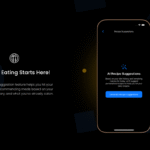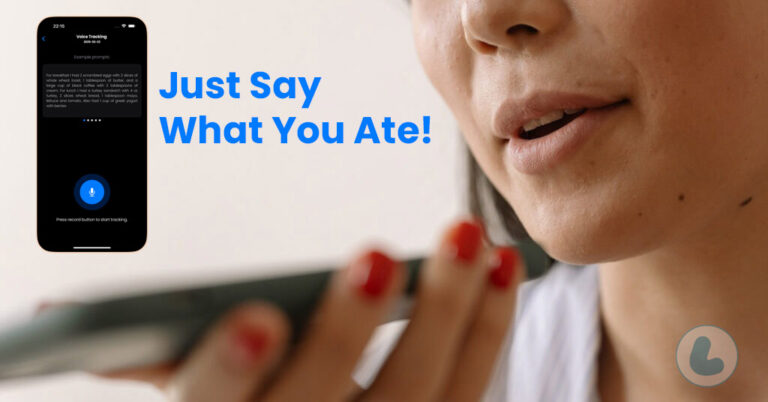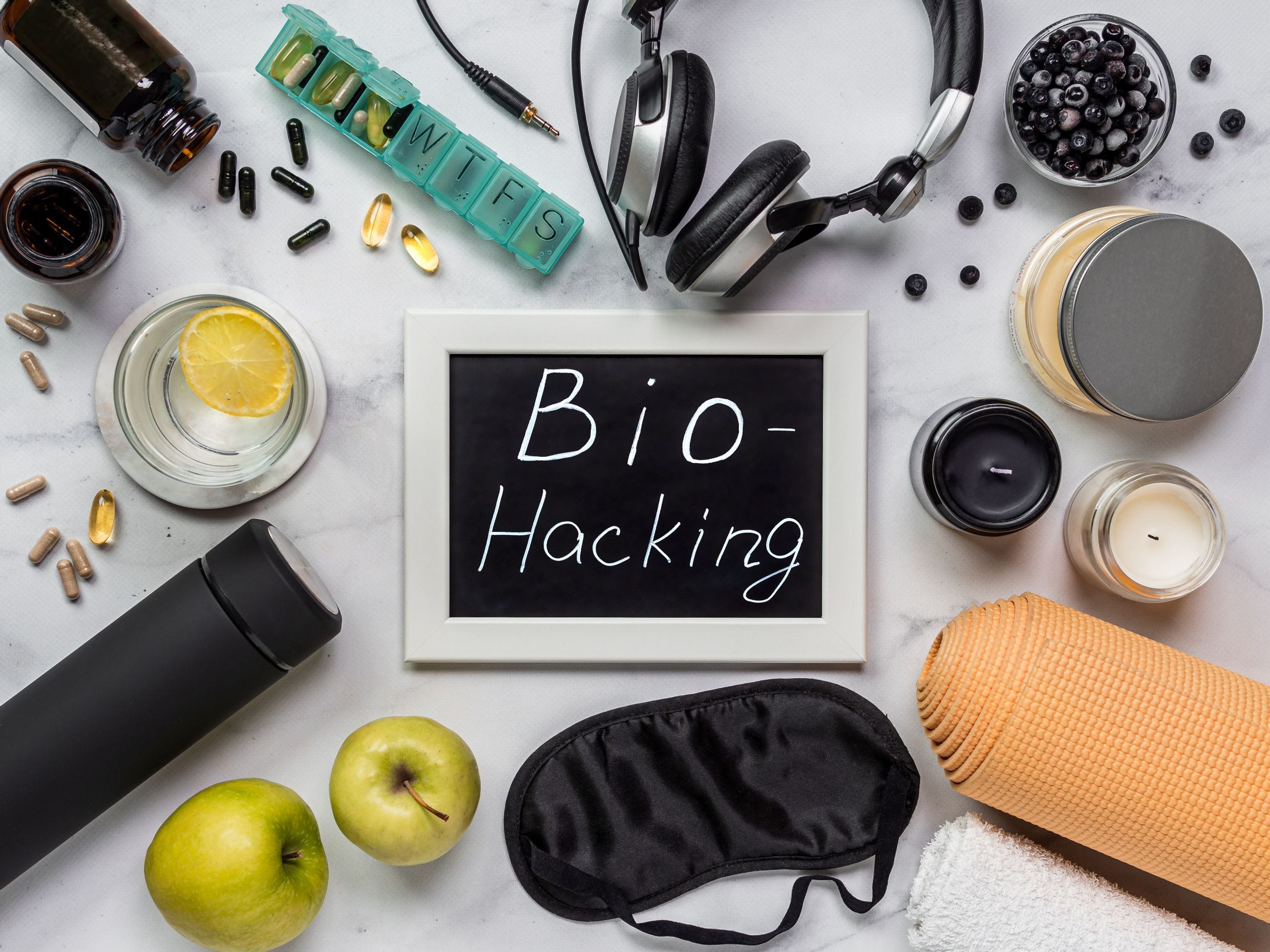How AI Turns Your Conversation into Data
We talk to our phones, our cars, and our smart speakers. We ask them to play music, navigate traffic, and set our appointments. So why are we still typing our meals into a nutrition app like it’s 2010?
Let’s be honest: the number one reason people quit on their nutrition-tracking goals is friction. The tedious process of opening an app, searching for every single ingredient, adjusting portions, and repeating it multiple times a day is the biggest barrier to consistency.
But what if you could log your entire day’s food just by saying a single sentence? This isn’t a dream; it’s the future made possible by conversational AI. This article shows you the magic behind the technology and how it’s revolutionizing our relationship with digital health.
The Big Problem with Traditional Apps: “Interaction Cost”
In user experience (UX) design, there’s a concept called “Interaction Cost.” It’s the sum of all mental and physical efforts a user has to make to achieve a goal: every tap, every swipe, every word typed.
Manually logging one meal has a painfully high interaction cost:
- Unlock your phone.
- Find and open the app.
- Tap the “Add Food” button.
- Type the name of the food.
- Select from a long list.
- Adjust the portion size.
- Save. …and repeat for every single component of your meal. It’s no wonder so many of us give up.
 Also Read:
Decision Fatigue Is Real. Let AI Decide What’s for ...
Also Read:
Decision Fatigue Is Real. Let AI Decide What’s for ...
The Magic Behind the Curtain: How AI Understands Your Speech
Turning your voice into structured data happens in two key stages:
1. Speech-to-Text (STT): This is the part most of us are familiar with. The AI listens to your voice and transcribes it into written words.
2. Natural Language Processing (NLP): This is where the real magic happens. NLP is the AI’s ability to understand the meaning, context, and relationships between words in a sentence. It goes beyond just recognizing words; it understands your intent.
When you tell Limotein:
“For lunch, I had a grilled chicken salad with a handful of walnuts, and for dinner, I had salmon with broccoli.”
Limotein’s NLP model does the following:
- Identifies Meals: It recognizes “lunch” and “dinner” as two separate meal occasions.
- Assigns Items: It correctly assigns “grilled chicken salad” and “walnuts” to lunch, and “salmon” and “broccoli” to dinner.
- Understands Quantities: It translates the informal phrase “a handful” into a measurable, standard portion size.
This ability to understand conversational language is what transforms the experience from a robotic task into a fluid, human interaction.
Limotein in Action: Fast, Efficient, and Hands-Free
With voice logging, Limotein reduces the interaction cost to nearly zero. Imagine you’re driving home from work. You tap one button to activate the voice feature and say, “I had oatmeal with berries for breakfast today, and lunch was last night’s leftover lasagna.” That’s it. By the time you walk through your front door, your daily log is complete and analyzed.
The benefits of this approach are astounding:
- Unmatched Speed: What used to take five minutes now takes 15 seconds.
- Greater Consistency: When a task is this easy, you’re far more likely to do it every day. More consistency means better data and more reliable results.
- Potentially Higher Accuracy: People often recall more details when speaking naturally than when typing, leading to a more complete log.
Conclusion: Welcome to the Future. You Talk, We Listen.
Voice logging isn’t a gimmick or a marketing trick; it’s a fundamental solution to the biggest problem in digital health and wellness. It represents a paradigm shift from humans interacting with machines to humans collaborating with AI.
Limotein is pioneering this change with a relentless focus on user experience and efficiency. We believe technology should serve people, not the other way around.
Tired of typing? Ready to experience the fastest, easiest way to track your nutrition? Try voice logging with Limotein’s free trial and see for yourself why the future of food logging is a conversation.






